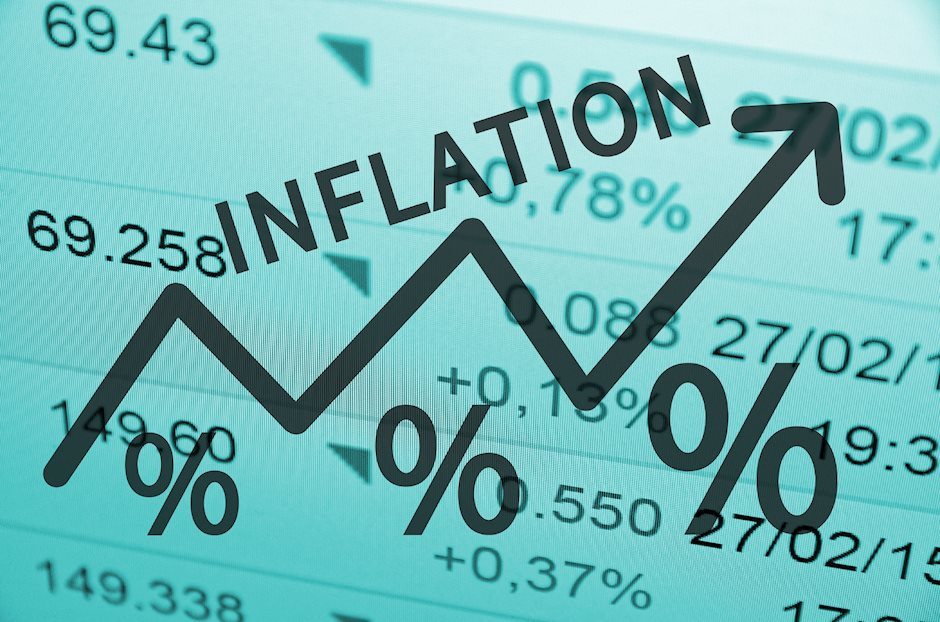US inflation rises and rises – Markets remain calm

As in April, the May inflation data for the US showed a value that was well above market expectations. An increase in the annual inflation rate compared to the beginning of the year had long been foreseeable for the spring. This was due to the fact that in the spring of 2020 energy prices - but not only - plummeted with the outbreak of the crisis and thus lowered the basis for comparison this year. In addition to this expected increase, however, there has been an acceleration of prices in some areas since April, to an extent that hardly anyone had expected. Prices of used cars, for example, rose by 10% m/m in April and then by another 7% in May. Other areas with strong price increases were airline tickets and car rental. An acceleration in price increases, albeit to a much lesser extent, was also seen in furniture and clothing. As a result, inflation was now reported at 5% for May. Excluding the volatile components of energy and food, the inflation rate was 3.8%.
Despite the fact that the inflation rate was not only high but was even higher than expected, the bond markets did not react. This was because the US Fed has already communicated to the markets not to react to increases in inflation triggered by the ramping up of the economy. The Fed should confirm this course next week (see article below). The US Fed will continue to act very patiently and, according to its own statements, is prepared for dislocations caused by the rebooting of the economy, which could extend into next year.
Nevertheless, we do not believe that US yields will remain at current levels over the coming months. This is because there will be more strong economic data to come, which will raise medium-term inflation risks. Added to this are the likely decisions on further large stimulus packages by the US government over the summer. Furthermore, the Fed will think more and more loudly about reducing its monthly securities purchases. We, therefore, expect further increases in US bond yields.
What does the latest inflation data do for the US Fed?
Next week, the US Fed will decide on monetary policy. In fact, the deciding body FOMC cannot help but continue to adopt a wait-and-see stance. The latest data has not shown any substantial progress towards the monetary policy targets, which was set as a prerequisite for a reduction in monthly securities purchases (tapering) by the FOMC. The labor market data was mixed. While employment growth was weak in April, May showed the second-highest reading this year. The unemployment rate fell only slightly overall during these two months. Inflation rates rose sharply in April and May, but this was mostly due to one-off effects, making it difficult to identify a trend. Moreover, the FOMC generally does not want to be satisfied with just a few monthly values but is rather waiting for a series that shows the desired development. In sum, the FOMC's requirements cannot yet be met. We do not expect this until the September meeting. Then the decision on tapering could be taken. However, the Fed has assured us that it will take some time from the decision to implementation, so we do not expect an actual reduction in monthly purchases until January 2022.
Next week, however, the new survey will be published, which asks the FOMC meeting participants' forecasts for the most important macro variables. It is clear that the forecasts for the inflation rate in 2021 will be significantly higher than in March. The strong rise in inflation in April and May probably came as a surprise to most FOMC members, so they should revise their forecasts. It would only be exciting for the markets if inflation estimates were to rise beyond 2021, but we think this is unlikely. The markets will also pay a lot of attention to interest rate forecasts. Here, the latest inflation data may have made an impression and meeting participants may bring forward their expectation for the first-rate hike to 2022. In the last survey, just 4 out of 18 respondents expected at least one rate hike before the end of 2022. The most likely scenario for us seems to be that only a few meeting participants will change their minds.
Author

Erste Bank Research Team
Erste Bank
At Erste Group we greatly value transparency. Our Investor Relations team strives to provide comprehensive information with frequent updates to ensure that the details on these pages are always current.

















